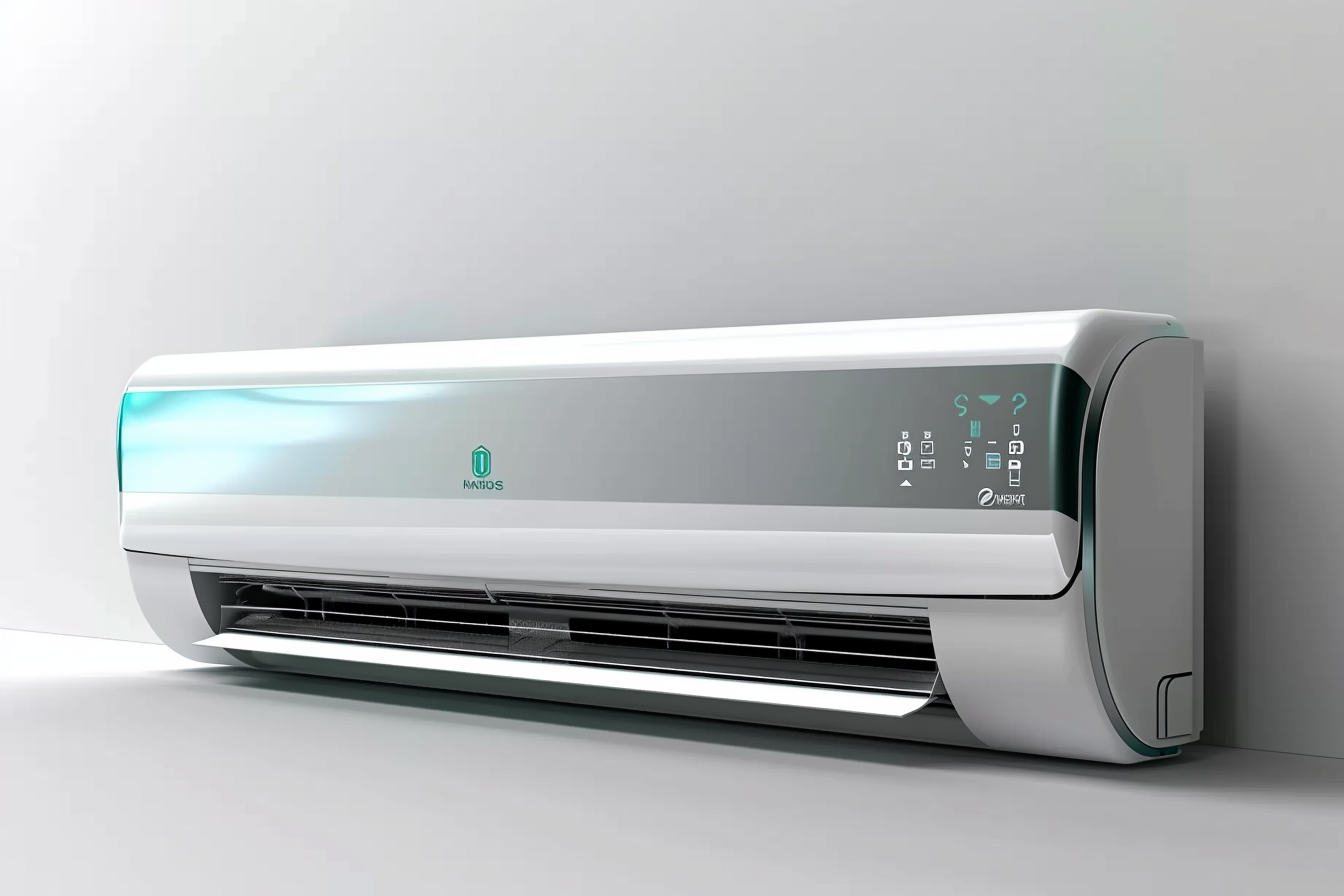Ductless Air Conditioning Systems: Modern Cooling Solutions for Homes
Ductless air conditioning systems have gained popularity as an efficient and flexible alternative to traditional central air conditioning. These innovative cooling solutions offer homeowners the ability to control temperatures in individual rooms without the need for extensive ductwork. As energy efficiency and customizable comfort become increasingly important, ductless systems are emerging as a practical choice for both new constructions and retrofits.

How do ductless air conditioners work?
Ductless air conditioning systems, also known as mini-split systems, consist of two main components: an outdoor compressor unit and one or more indoor air-handling units. These units are connected by a small conduit that houses the power cable, refrigerant tubing, and condensate drain. The indoor units are typically mounted on walls or ceilings and distribute cooled air directly into the room. This design allows for targeted cooling without the energy loss associated with ductwork.
What are the benefits of choosing a ductless system?
Ductless air conditioners offer several advantages over traditional central air systems. One of the primary benefits is energy efficiency. By eliminating ductwork, these systems avoid the energy losses that can occur in central systems due to leaks or poor insulation. Additionally, ductless units allow for zoned cooling, meaning different areas of the home can be set to different temperatures, further improving energy efficiency and personalized comfort.
Where are ductless air conditioners most commonly used?
Ductless systems are versatile and can be installed in various settings. They are particularly well-suited for older homes without existing ductwork, additions to homes, apartments, and spaces that require supplemental cooling. These systems are also popular in multi-family housing, allowing individual tenants to control their own cooling preferences. Home offices, sunrooms, and garages converted into living spaces are other common applications for ductless air conditioning.
What factors should be considered when installing a ductless system?
When considering a ductless air conditioning system, several factors come into play. The size and layout of the space to be cooled are crucial in determining the number and capacity of indoor units needed. Professional assessment is often necessary to ensure proper sizing and placement. Additionally, the aesthetic impact of indoor units should be considered, as they are visible within the room. Installation requirements, such as the location of the outdoor unit and the routing of the conduit, also need to be evaluated.
How do ductless air conditioners compare to central air systems?
Ductless air conditioners and central air systems each have their own set of advantages and considerations. To provide a clear comparison, let’s examine some key aspects of both cooling solutions:
| Aspect | Ductless Air Conditioners | Central Air Systems |
|---|---|---|
| Installation | Minimal invasiveness, no ductwork required | Requires extensive ductwork, more invasive installation |
| Energy Efficiency | Generally more efficient due to no duct losses | Can be less efficient due to potential duct leakage |
| Zoning Capabilities | Easy to create multiple cooling zones | Zoning possible but more complex and expensive |
| Initial Cost | Higher upfront cost per square foot cooled | Lower initial cost for whole-house cooling |
| Maintenance | Individual units require separate maintenance | Single system to maintain, but ductwork needs periodic cleaning |
| Aesthetics | Indoor units visible in rooms | Vents only visible, main unit typically out of sight |
| Cooling Capacity | Limited by number of indoor units | Can cool entire home with one system |
Prices, rates, or cost estimates mentioned in this article are based on the latest available information but may change over time. Independent research is advised before making financial decisions.
What innovations are shaping the future of ductless air conditioning?
The ductless air conditioning industry continues to evolve with new technologies enhancing performance and user experience. Smart home integration is becoming increasingly common, allowing users to control their systems remotely via smartphone apps. Improved sensors and algorithms are enabling more precise temperature control and energy management. Some manufacturers are also developing hybrid systems that combine ductless units with heat pump technology, providing both heating and cooling capabilities in a single, efficient package.
In conclusion, ductless air conditioning systems offer a modern approach to home cooling that addresses many of the limitations of traditional central air systems. With their flexibility, energy efficiency, and zoning capabilities, these systems are well-positioned to meet the diverse cooling needs of contemporary homes and buildings. As technology continues to advance, ductless air conditioners are likely to become even more sophisticated and integrated into smart home ecosystems, further enhancing their appeal to homeowners seeking efficient and customizable cooling solutions.




